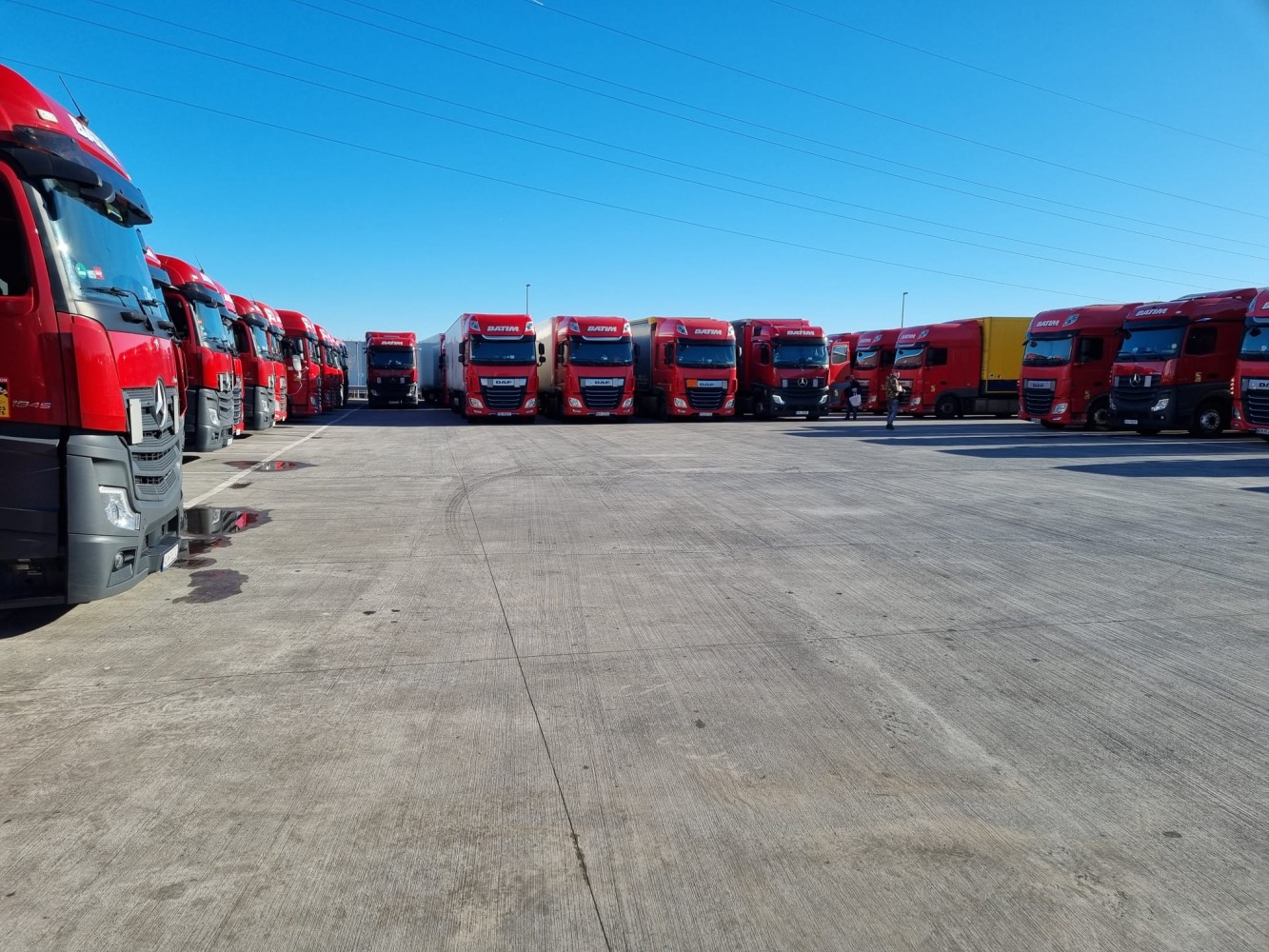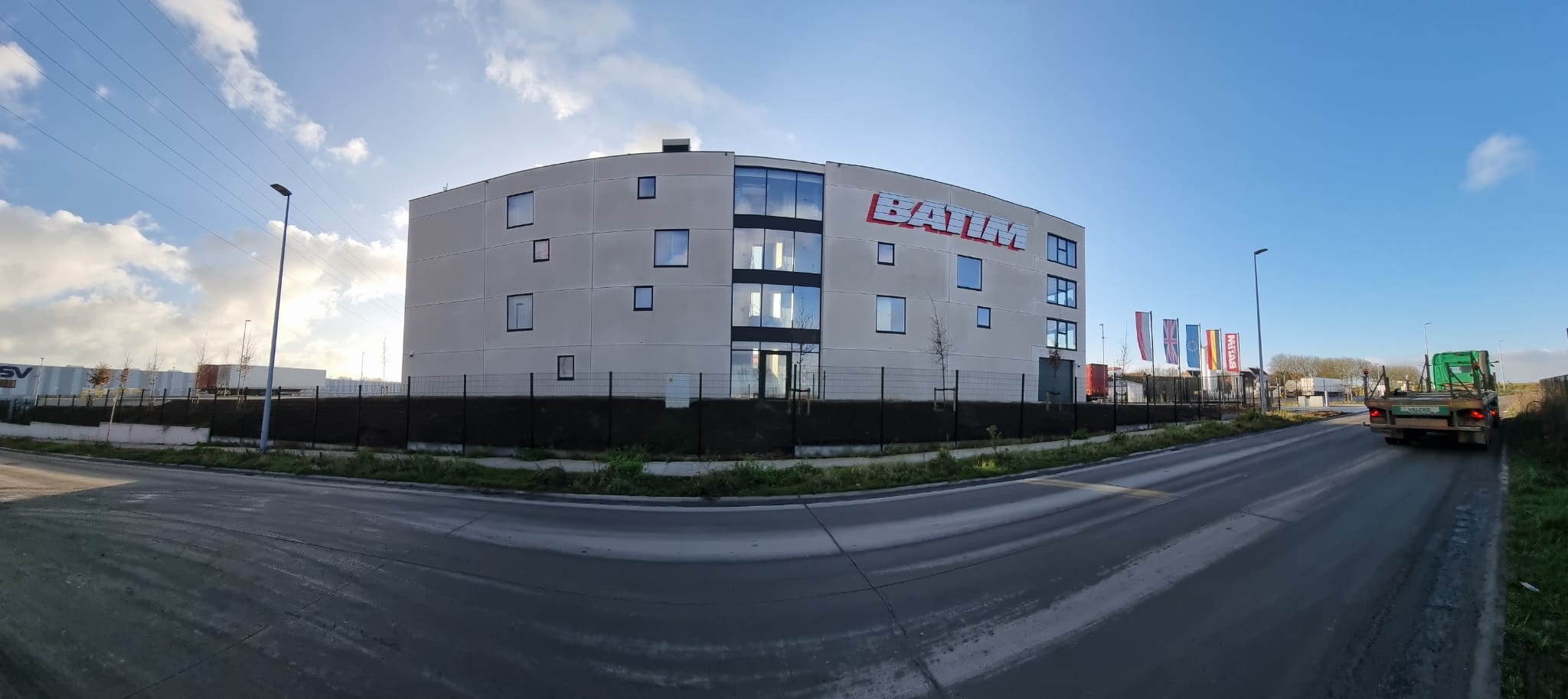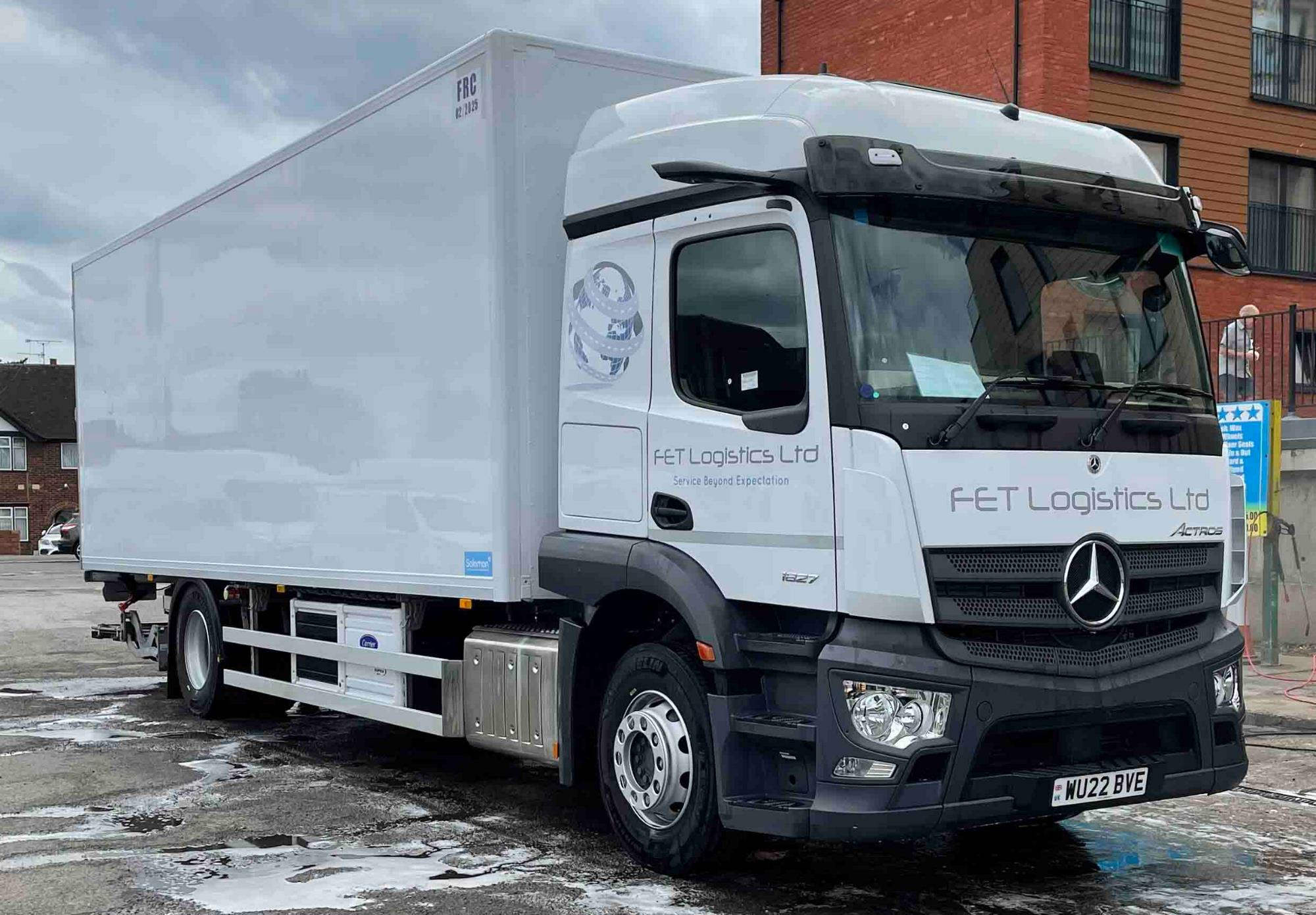
Susie Jones
SNAP-подорож компанії Batim International Transport & Spedition
Створено: 19.02.2025
•
Оновлено: 19.02.2025
Заснована в 1995 році, компанія Batim International Transport надає транспортні та експедиторські послуги по всій Європі. Компанія пишається відмінною якістю та сучасним автопарком, що складається з автомобілів SCANIA та Mercedes.
Компанія зі штаб-квартирою в Старому Сончі, Польща, не звикла до зростання. На початку своєї діяльності Batim починала з двох тракторів, а зараз налічує понад 500 одиниць техніки.
За цей короткий час компанія отримала багато акредитацій та сертифікатів, серед яких звання "Кращий роботодавець року" у 2014 році та визнання журналу "Форбс" у 2015 році. Розширюючи автопарк і вдосконалюючи свої послуги, компанія постійно прагне до зростання.
Компанія Batim International приєдналася до SNAP з перших днів і продовжує використовувати свій обліковий запис SNAP для бронювання паркувальних місць по всій Європі для свого великого автопарку. Ми поспілкувалися з операційним менеджером Кшиштофом, який розповів про досвід роботи компанії з SNAP.
Переваги SNAP для автопарків
SNAP надає автопаркам понад 450 сервісних партнерів по всій Європі, де вони можуть користуватися нашим рішенням для оплати послуг автопарку. "Ми приєдналися до SNAP через відсутність готівкових розрахунків", - пояснює Кшиштоф.
Це перевага для багатьох автопарків, оскільки SNAP надає платіжне рішення для оплати послуг вантажних автомобілів без готівки або картки. Це платіжне рішення можна використовувати для таких послуг, як мийка вантажівок, перетин Дартфорда та паркування вантажівок. Останнє, за словами Кшиштофа, було особливо вигідним.
"SNAP приніс мені користь, надавши можливість бронювати місця для паркування, тож мені не потрібно турбуватися про місце для водія".

Для Кшиштофа перевагою також стала можливість пошуку партнера з обслуговування автостоянок через SNAP. Він пояснює, що "можливість перевірити і знайти всю детальну інформацію про безліч автостоянок у різних країнах, щоб бути впевненим, що там є все необхідне для конкретного вантажу і зручності для водіїв" була для нього однією з найкорисніших функцій.
Крім того, SNAP має величезні переваги для водіїв Батіма. Водії автопарку Кшиштофа можуть бути спокійні, знаючи, що вони мають на вибір велику мережу стоянок для вантажівок та стоянок у депо. Кшиштоф каже, що "велика мережа стоянок для вантажівок" SNAP була безцінною.
Багато компаній по всьому континенту збільшили свої прибутки за допомогою нашої схеми паркування в депо. Ця схема дозволяє автопаркам пропонувати свої паркувальні місця в мережі та заробляти додаткові кошти, допомагаючи водіям уникати небезпечних простоїв та промислових зон. Batim International допомагає зменшити дефіцит паркомісць в Європі, приєднавшись до цієї схеми зі своїм депо в Бельгії. На майданчику пропонується 20 місць для інших водіїв, коли їхні вантажівки перебувають у дорозі.
Вплив сервісного партнера SNAP на самопочуття водія
Самопочуття водія є гарячою темою для обговорення у спільноті водіїв-далекобійників. Оскільки ця професія вимагає багато зусиль, легко зрозуміти, як довгий робочий день, соціальна ізоляція та сидячий спосіб життя можуть вплинути на психічне здоров'я.
Автопарки зобов'язані дбати про добробут своїх водіїв. Однак зупинки вантажівок також можуть мати значний вплив. Автостоянки та зупинки вантажівок з базовими зручностями можуть значно покращити самопочуття водіїв. Кшиштоф і його команда вважають, що це життєво важливо для їхнього автопарку, який налічує понад 800 водіїв.
Відповідаючи на запитання про те, що можуть зробити зупинки для вантажівок для покращення самопочуття водіїв, Кшиштоф каже: "Переважно водії потребують чистого душу та туалету". Для багатьох це здається простим рішенням, однак, вплив, який воно може мати на досвід водія, є суттєвим.

Обслуговування клієнтів у SNAP
Надання автопаркам і водіям підтримки, необхідної для ефективної та результативної роботи, - це те, чим ми пишаємося в SNAP. Наша досвідчена команда з обслуговування клієнтів та управління рахунками допомагає автопаркам і водіям у вирішенні будь-яких питань. Щось, що Кшиштоф і команда знайшли корисним.
"Ми зв'язувалися зі службою підтримки клієнтів SNAP як електронною поштою, так і по телефону. Ми завжди отримували індивідуальний підхід до кожного окремого випадку, розуміння та доброзичливість з боку співробітників SNAP, які прагнули допомогти, наскільки це було можливо", - пояснює Кшиштоф.
Підключіть свій автопарк до SNAP вже сьогодні
Наше рішення для оплати послуг автопарку використовується кожні 13 секунд по всьому континенту для оплати послуг вантажних автомобілів. Відвідайте snapacc.com, щоб приєднатися до більш ніж 7 000 автопарків, які використовують обліковий запис SNAP як універсальне рішення для оплати послуг автопарку.



